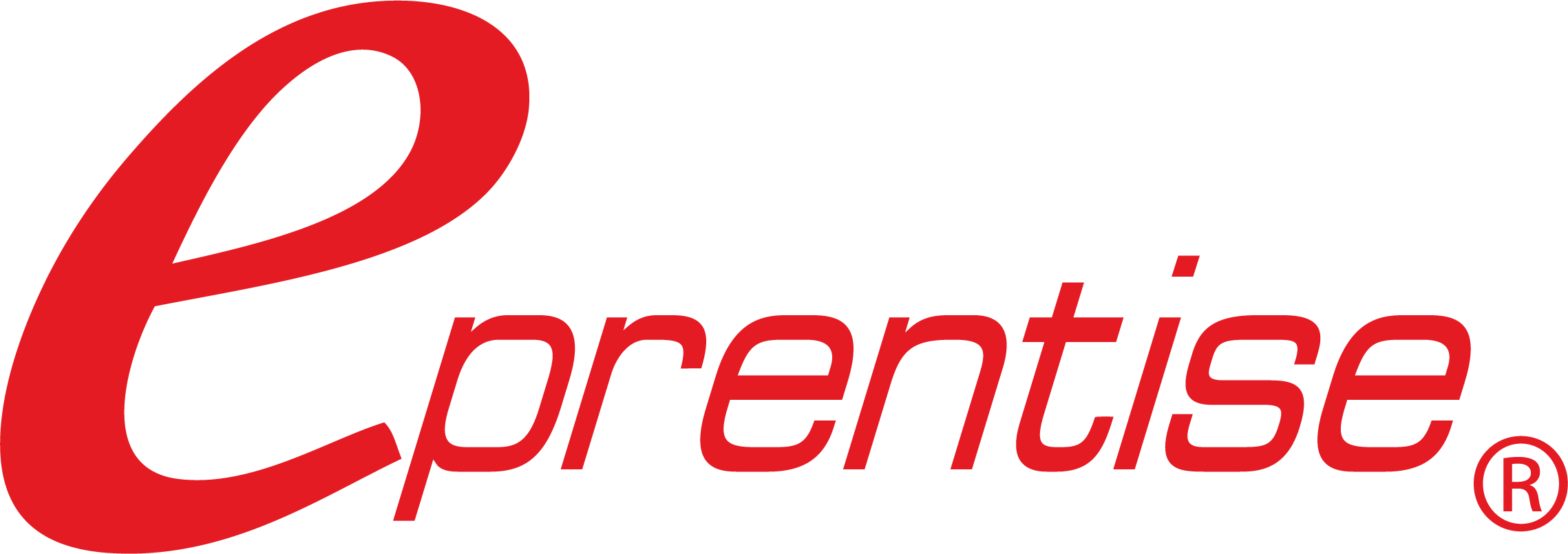It’s happening company-wide: Different divisions, from accounting to purchasing, are looking to cut down on costs and reduce inefficiencies in an attempt to ride out the latest economic tides. This belt-tightening attitude can be seen in the significant furloughs and lay-offs, and in the aversion companies have toward participating in internal projects that do not yield an earnest return on investment. The result is that the same divisions that once relied on more staff to share the workload, or those which were better equipped to handle their responsibilities, are now using workarounds just to get the job done.
Workarounds throughout the Company
Every quarter, every year, and every month, financial organizations work hard to close their books and prepare financial statements in accordance with customary rules and regulations. When their Enterprise Resource Planning (ERP) systems – those same systems that were designed at great expense in the distant past – can’t keep up with their ever-changing needs, they resort to creative workarounds, relying on spreadsheets, diagrams or other documents just to get through another reporting period.
As time passes, documenting the period-end process becomes more complex, and maintaining process documents takes gradually more time. Still, the collective memory of the finance team has not forgotten what it was like just to get through the last ERP implementation project – not to mention its enormous expense – and any hope of improving the situation is abandoned as soon as someone asks, “What about the ROI?”
Finance teams would have a better chance of responding to the ROI question if they banded together with their colleagues in purchasing, HR, product management, manufacturing, sales, marketing and IT, since they struggle with the same legacy ERP systems. Asking around will lead one to find that all of them have created their own set of creative workarounds just to get through another day.
HR professionals, for example, have all sorts of ongoing ERP-related headaches to deal with. Employees leave or join the company or move from one business unit to another, possibly in another country. As a result, compensation, bonuses, benefits, commission policies and structures are a moving target. Layoffs and furloughs have taken their toll, and divestitures and acquisitions mean company reorganizations are seemingly endless. How likely is it that the once elegant workflow designed around an ERP system implemented five or 10 years ago hasn’t needed to change
Purchasers in recent quarters have been working hard to reduce inventories by renegotiating contracts and payment terms. Manufacturers looking to reduce costs have outsourced, in some cases insourced, and in many cases adopted lean production practices. Product managers have been reducing product lines to those that are most profitable, and IT teams have been investigating cloud computing and other virtualization initiatives to drive out costs. Sales teams have seen dramatic changes in their territories, pipelines, and orders. And marketing teams have been redirecting funds to less costly online venues due to the growing popularity of services like Twitter, Facebook and LinkedIn.
In other words, everyone has been on the same bandwagon for months, driving out costs and looking for efficiencies through workarounds.
The Real Issue
The question is not whether a company can continue to do business with all of these workarounds, but rather how easily will the organization be able to adapt to a new business environment? Is a hopelessly inefficient and outdated ERP system going to cut it? Will leadership briefly consider doing something about it, only to abandon any plans the moment that someone brings up the ROI? How can an organization respond to an uptick in the economy effectively and efficiently?
Now is the time for organizations to seek change in the patterns of their business environments and to formulate strategic plans to address those changes. IT systems play a key component in fashioning a new, highly-competitive organization, aggregating and analyzing data, synthesizing information, and ultimately discovering patterns that uncover new opportunities or threats.
In the end, workarounds cannot and will not work forever. They are only the symptoms of a business struggling to keep from going under; the equivalent of cutting down the masts and chopping up the oars of a ship, just to use them to plug up the hull. Doing so may keep the boat afloat, but, like workarounds, it will never get far.
Prepare Early. Determine the value of each area of the business. Evaluate the strengths and weaknesses so that you can capitalize on the strengths that will provide the greatest value...Read More






